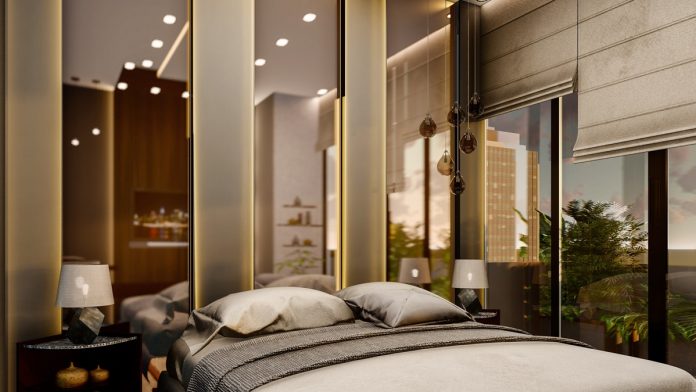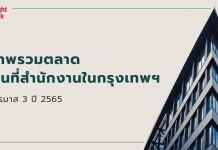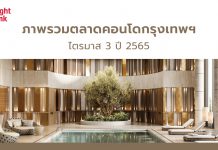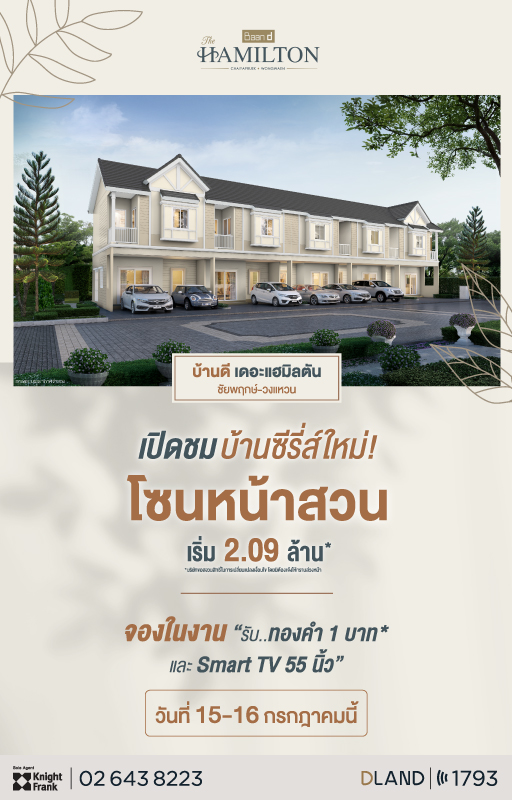
Overview
Mr. Carlos Martinez, Director of Research and Consultancy, Knight Frank Thailand said, Thailand received approximately 6.7 million international tourists in 2020, a sharp decrease of 83% YoY from 39.9 million in 2019, due to the international travel restrictions to prevent the spread of coronavirus pandemic. No international tourist arrivals were recorded between April to September 2020. In the fourth quarter of 2020, 10,822 foreign tourists arrived with a special tourist visa for long stays that required 14-day quarantine.
In 2020, 56% of the total number of international visitors were from East Asia, followed by Europe with 31%. Mainland China remained the most important market source with circa 20%.
The Thai government launched a stimulus package in July 2020 to encourage domestic traveling, an effort to partially offset the collapse of international visitors, consisting of a subsidy of five million nights of hotel accommodation at 40% of normal room rates. However, it mostly benefited popular weekend getaways resorts destinations such as Pattaya and HuaHin.
Luxury hotels offered ‘staycation’ packages to lure domestic tourists with special discounts.
Graph 1: Bangkok’s International Visitors Arrival

Supply and Demand
Early Sukhumvit area comprises the majority of the luxury hotel supply just under 40% of the total supply followed by Lumpini (22%), Silom/Sathorn (15%), and Riverside (16%).
The COVID-19 outbreak at the end of 2019 dealt a serious blow to the hotel market. The average occupancy rate of luxury hotels in Bangkok was only 27% in 2020. The occupancy was over 50% in the first quarter of 2020 and reached the lowest level just over 20% in the third and fourth quarters of 2020 mainly supported by ‘staycations’ and the ‘Alternative State Quarantine’ (ASQ) program ‘as the government approved Bangkok as a sole entry point for foreign travelers. Due to the low level of occupancy, some hotel operations were suspended until signs of market recovery.
Graph 2: Bangkok’s Luxury Hotel Stock

In 2020, the Average Daily Rate (ADR) of luxury hotels fell by 12% to THB 4,486. This decline was affected by the discounts offered to local guests given the dropped in international travelers. Amid low occupancy rates, some hotels temporarily closed.
Graph 3: Bangkok’s Luxury Hotel Performance

In 2H 2020, four new luxury hotels opened in Bangkok, providing an additional 1,162 rooms. New openings were Four Seasons Hotel Bangkok (301 rooms) in riverside, Sindhorn Kempinski Hotel Bangkok (285 rooms) in Lumpini, Sindhorn Midtown Hotel Bangkok (475 rooms) in Lumpini, and The Capella Bangkok (101 rooms) in riverside, all of these located in the CBD district. Other hotel openings totaling 985 rooms in the upscale and midscale segment were Asai Bangkok Chinatown (224 rooms), Lyf Sukhumvit 8 Bangkok (196 rooms), Somerset Rama 9 Bangkok (445 rooms), and The Quarter at Ploenchit (129 rooms).
The COVID-19 pandemic has prompted hotel operators to delay new openings. Two hotels totaling 413 rooms postponed their openings in 2020. These hotels include Orient Express King Power Mahanakhon (154 rooms) and Steigenberger Hotel Riverside (259 rooms). Additionally, development plans for new hotels in 2020 were probably delayed or revised.
There were 20,555 luxury hotel rooms in Bangkok at the end of 2020.
Outlook
Mr. Martinez added Thailand was expected to set a new high record in the number of international visitors in 2020, unfortunately, it hit a rock bottom instead, due to the global coronavirus pandemic. From April 2020, the number of international visitors in Bangkok dropped practically to zero. As a result, demand for hotel rooms fell greatly revealing the high reliance of the Bangkok luxury hotel market on international guests. With the only demand being domestic leisure visitors, many hotels suspended, partially or totally, their businesses until signs of market recovery. The performance of those hotels open was generally poor, with an average occupancy rate of just over 20%, mainly thanks to their ‘staycation’ packages and the demand from the special non-Thai nationality travelers coming from abroad under the Alternative State Quarantine scheme.
There is a lot of uncertainty about what lies ahead, especially after the second wave of Covid-19 in Thailand in January 2021. Yet, subject to a successful implementation of the existing COVID-19 vaccines, in Thailand and globally, we can expect to see the start of the recovery of the hospitality sector in late 2021 or early 2022. The Thai government forecasts the number of foreign tourists to be 8 million in 2021, and gradually recover until reach a pre-Covid level with 40 million visitors in the year 2024. The Thai borders will not open until a successful vaccine is widely available. The government estimates that at least half of the population in Thailand will be inoculated by the end of 2021. Under this scenario, the average ADR might see further drops as operators compete to attract a lower number of visitors.
Domestic leisure travelers are the only demand generator at the beginning of 2021. Once travel restrictions are lifted, the recovery will probably start with regional leisure tourists, together with some business travelers, which will eventually follow by a slow recovery of long international leisure trips and MICE events. The average occupancy rate in Bangkok is expected to continue at its low levels only to see an improvement sometime during the second half of the year, especially during the high season in the last quarter, as long as travel restrictions are lifted.














